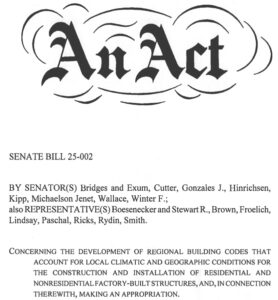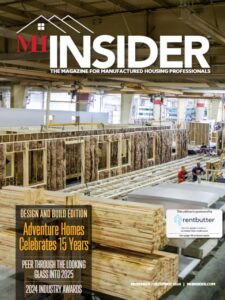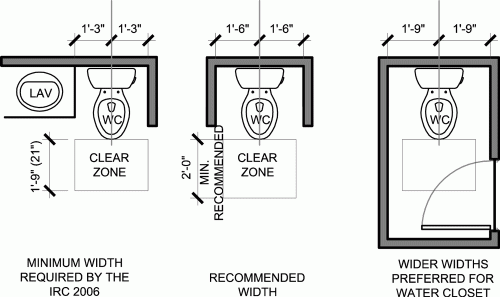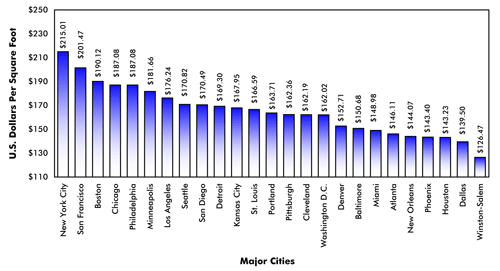Park Model Homes: A Compact Housing Solution
Park model homes offer a compact, efficient housing solution designed for both temporary and permanent living. These small homes, typically under 400 square feet, provide affordability and flexibility. Manufacturers build them to meet RV industry standards, specifically ANSI A119.5, distinguishing them from site-built homes and traditional manufactured housing.

Regulations and Zoning Considerations
Regulations for park model homes vary by location. Many jurisdictions classify them as recreational vehicles, limiting year-round occupancy. However, some communities allow full-time residence under specific zoning ordinances. Buyers should research local regulations before purchasing or developing a park model community.
In certain states, park model homes can be placed in RV parks, tiny home communities, or designated resort-style developments. Others may require additional permitting for full-time occupancy. It’s essential to consult local building codes and zoning regulations to ensure compliance. The RV Industry Association provides guidance on standards and classifications for these types of homes.
Addressing the Affordable Housing Crisis
These homes play a crucial role in addressing the affordable housing crisis. Their lower costs and smaller footprints make them ideal for workforce housing, retirement communities, and seasonal living. Developers can integrate them into master-planned communities, providing high-quality, cost-effective housing options.
Because park model homes require less land and infrastructure than traditional housing, they present an attractive solution for municipalities looking to expand affordable housing inventory. Some states have introduced incentives to encourage the development of communities that incorporate park model homes.
Park Model Homes vs. Tiny Homes
Tiny homes and park models share similarities but have key differences. Both focus on efficient living spaces and minimalist design. However, park models conform to RV industry standards, while tiny homes often meet International Residential Code (IRC) standards. Tiny homes are typically built on trailers for mobility, whereas park model homes often remain in designated communities with utility connections.
Additionally, park models offer more standardized designs and features, making them easier to insure and finance. Tiny homes, especially those built as DIY projects, may face challenges in securing permits, financing, and permanent placement.
For more information on tiny home regulations and standards, visit the Tiny Home Industry Association.
The Role of EVstudio in Park Model Home Communities
EVstudio collaborates with individual homeowners and manufacturers to design communities featuring park model homes. The firm helps navigate zoning challenges, optimize layouts, and create functional, attractive developments. With thoughtful planning, park model homes contribute to expanding affordable housing options in diverse markets.
EVstudio works closely with municipalities, developers, and homeowners to ensure that park model home communities align with local needs and sustainability goals. Their expertise in site planning and architectural design helps create vibrant, livable spaces.
Conclusion
Park model homes provide an innovative solution to housing affordability challenges. With proper planning and regulatory support, they can serve as long-term housing options for a variety of residents. As more communities recognize their potential, park model homes will continue to shape the future of accessible housing.
For more information on designing a park model home community, visit EVstudio.










